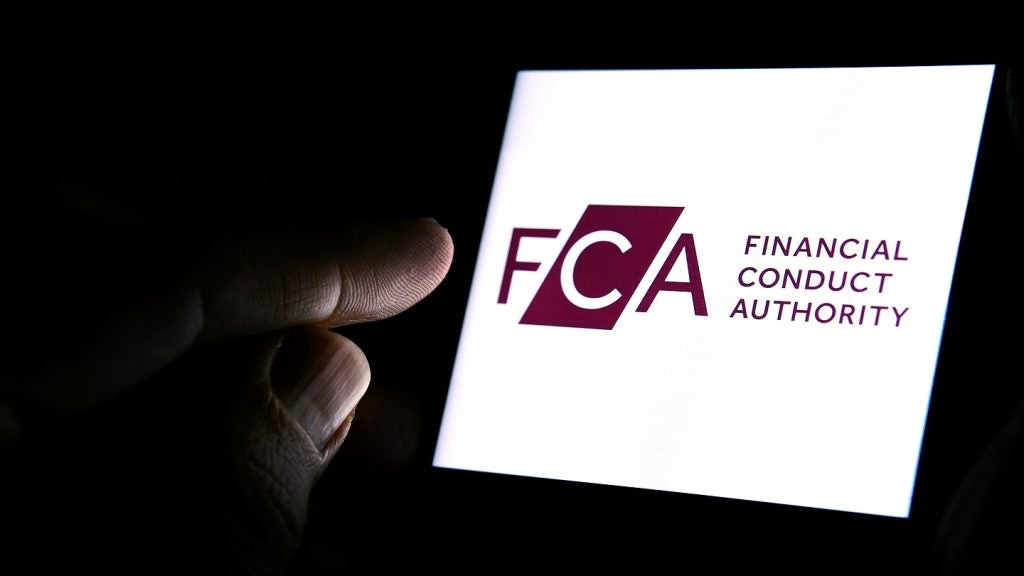
With conditional sale and PCP products new to market in 2013, and as part of one of the few high street banks to have increased net lending in the fourth quarter of 2012, Barclays Partner Finance has renewed its vigour for consumer funding. Peter Johnstone speaks to sales director Mike Britton.
Since moving offices from Glasgow to Cardiff and bringing in brand new systems to manage origination and credit-scoring decisions in June 2010, Barclays Partner Finance (BPF) has quietly prepared its next steps in car finance.
Now, 10 years since writing its first car loan, BPF is writing an estimated £700m in motor loans each year, with the same amount again lent in other retail finance.
Ronnie Denholm, managing director at BPF, told Motor Finance in September 2011 the aim following the changes of 2010 was to grow the company’s share, but to do so while providing the greatest satisfaction for customers and partners. Following the launch of conditional sale and PCP products this year, it remains a prevalent theme within the company, according to Mike Britton, sales director at the lender.
And Britton, just under a year into his role at BPF, holds a CV crammed with experience of the independent lending sector: two years at Close, 10 years split between Black Horse and the personal and retail finance team at Lloyds TSB, and 15 years at Standard Chartered Bank.
That role and such experience saw Britton into the top 50 most-powerful people in the industry, according to the Motor Finance readership (see Issue 98, December 2012).
How well do you really know your competitors?
Access the most comprehensive Company Profiles on the market, powered by GlobalData. Save hours of research. Gain competitive edge.

Thank you!
Your download email will arrive shortly
Not ready to buy yet? Download a free sample
We are confident about the unique quality of our Company Profiles. However, we want you to make the most beneficial decision for your business, so we offer a free sample that you can download by submitting the below form
By GlobalDataPeter Johnstone: Why launch conditional sale and PCP products? Why now?
Mike Britton: We saw we could participate in a bigger market if we offer secured loans and PCP. It was the next logical step in our development. Going into the bigger pool required us to have a wider product set.
Johnstone: Are you hoping to gain more of the market with these products?
Britton: We want to be more relevant to our customers and partners have said to us: "What about HP or PCP?" We opted for conditional sale and PCP, but that was a choice made in response to customer requirements.
Johnstone: Will you be looking to launch other products?
Britton: Yes, very much so. We plan to launch new and current Barclays products together, to make sure we give our partners a greater menu from which to choose.
Across the Barclays group we have a wide range of products our partners might find relevant.
We’re doing a lot of work in the digital offers space. We’ve got a lot of capability to make payments, take payments and drive efficiency in business, as well as a whole series of banking products.
So, yes, I think we’ll try to innovate, but equally try to make sure we bring together the fullest gamut of products we can, given the nature of our business, and try to add value to the relationships that we bring to our partners.
We can add value by taking a different slant or trying to fulfil a different and emerging component, with the digital offers piece probably the single most immediate one.
We can bring relevant offers to our customers and partners that others perhaps cannot in terms of the strategic assets we have, fantastic customer data, and huge amounts of internal and external data through our credit card businesses.
We’re able to use that information for targeting purposes and bring customers to our partners’ door. That’s not something that many people can do; that’s the innovation component.
Johnstone: What’s Barclays take on car finance in the UK right now?
Britton: The economic environment for people is a little unclear but consumer interest rates are low and unemployment, while heightened, is relatively stable.
Our consumers need choice. Barclays can bring a genuine alternative and be a unique alternative for our customers and partners.
We have a great brand and great heritage, with nearly 300 years as a banking and lending organisation behind us.
Johnstone: What role should banks’ consumer lending arms play in the car finance sector?
Britton: More than 50% of car finance purchases are made outside the point of sale finance marketplace.
What we try to bring, as do some of our competitors who are owned by banks, is the specialism that focussing on a market in this fashion is able to bring. Therefore, having dedicated resources in this area means we can demonstrate we’re supporting the dealer community. The purchase is made on an informed basis by a customer working, generally speaking, through a dealer, which is different from going straight to a manufacturer and buying a vehicle.
What we’re trying to do is what the manufacturers are doing, which is supporting the dealer point of sale model by making sure we’ve got resources which are dedicated to that marketplace and distribution model.
Johnstone: Do you think the National Loan Guarantee Scheme gives banks an advantage in lending?
Britton: You probably wouldn’t expect me to have a completely unbiased view!
So of course I’m going to say that it does not give an advantage. But it doesn’t really matter what I think, the important thing is that we meet the aims of the scheme, the State Aid rules. First of all, it meets the State Aid rules, so Brussels has taken a view on it; they think that the way that it’s structured is fair. In addition, there are many hurdles banks have to meet that other non-banks do not have to comply with.
If you take a look at the scale of the Loan Guarantee Scheme, in the scale of a marketplace such as ours, it is not that material in terms of the amount of lending that’s being done.
We’re trying to open up liquidity and make lines of credit available to corporate bodies so consumers can benefit from an opening up of the marketplace. We’re trying to participate in that.
We were given an opportunity to participate and we have done. It hasn’t moved the needle for us.
If it hadn’t been there, would we be in our current position? I don’t think of it like that.
While I think there may be some modest cost advantage for us, there’s a huge amount of cost we hold as a bank that other non-banks do not hold, and therefore I think it evens itself out.
I don’t think it’s an asymmetrical situation where all the advantage is on one side.
Johnstone: Are you looking at doing more work with dealer groups and brokers? Would you consider a tie-in with a manufacturer?
Britton: I wouldn’t rule anything out, really. I’m certainly happy to access the market in any way we consider to be dealer-centric.
We’re very keen to continue to support the dealer-distributed product model. Whether through dealers or other intermediaries, I’m happy to support that.
Would we go via manufacturer tie-in? Yes, we would if we felt it was the right way to access the market and to support our growth ambitions.
We realise we’re still relatively small and we’d like to be an awful lot bigger. I am keen to grow but you’ve got to make sure you’re attending to the needs of the customers you’ve got today before you seek new ones.
Johnstone: How do you grow but keep your customer base?
Britton: It comes back to widening our product range to our current customers and leveraging the wider Barclays group. I’m seeking ways to differentiate ourselves, deepen our relationships into a proper partnership with many of our dealer partners, which goes beyond being a supplier to a partner. Then it’s whether you believe in the product-push or customer-pull model.
Johstone: Is it about quality?
Britton: We could whack out products all day to customers and sell some, but you’ll get high attrition. Or you can develop a really compelling customer proposition, which means that customers come and seek you out. That’s a much more sustained model.
Johnstone: How many arrangements have you got in place?
Britton: Several hundred, if not more, partnerships with our dealer partners at various levels. We’re not short of relationships. It’s now about deepening those relationships. Some of them could be a great deal more fruitful for both parties and widening our product set is the first step in achieving that goal.
We grew handsomely this year, far in excess of the market growth. Much of the work we did last year will see us well into this year’s expectations too, due to the endowment effect of the traction we got, and we continue to expect good growth as well, by volumes
and values, well in advance of the market.
Johnstone: Some providers have talked about space for independent lenders in motorcycle finance. Is that something that Barclays would consider?
Britton: I’ve got two thoughts about that. One is that we talk about the motorcycle market like it’s a singular entity and it isn’t. It’s a number of submarkets: high-end, scooters, commuters, and the middle market.
Therefore there are a number of different constituent groups to it, all of which are attractive in their own way.
To my mind, in order to really do justice to that market it would be one of partnership with a manufacturer and then to feed and leverage off the market from there.
I certainly think it’s an attractive market, one that in the future I would be pleased to look at. Right now my 2013 agenda is very full; if I stretched to look at that too we would lose focus on another place.
Sometimes it’s a question of understanding, as part of your strategy, what you will do and what you will not do. So I certainly wouldn’t rule it out for the longer run, but in the short term it’s not a strategic goal.
It’s not that it’s not attractive, because it is, but, in terms of all the other things that are attractive, I’m reminded of the old expression of "we can do anything but we can’t do everything".
At least, not all at once.
peter.johnstone@timetric.com







